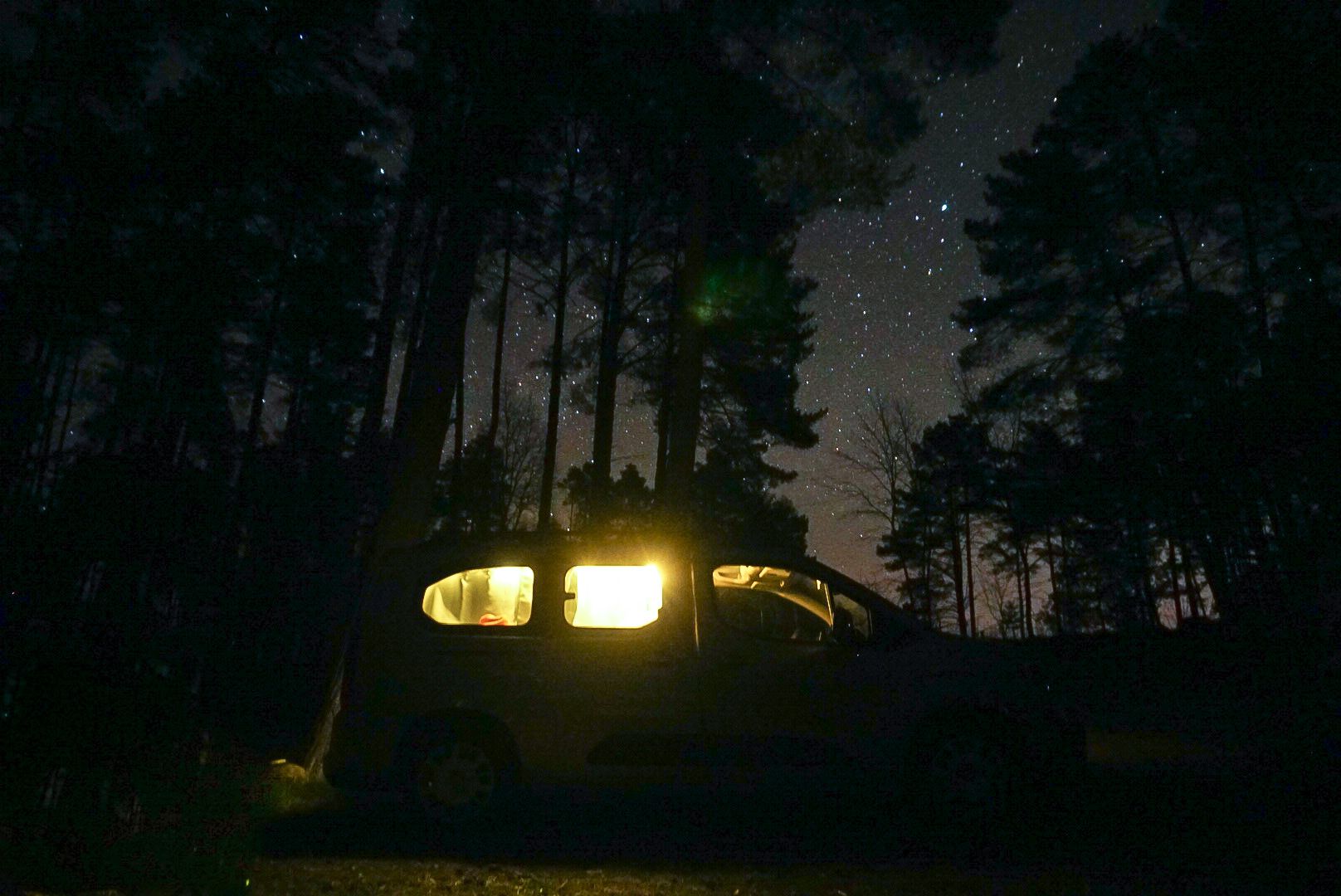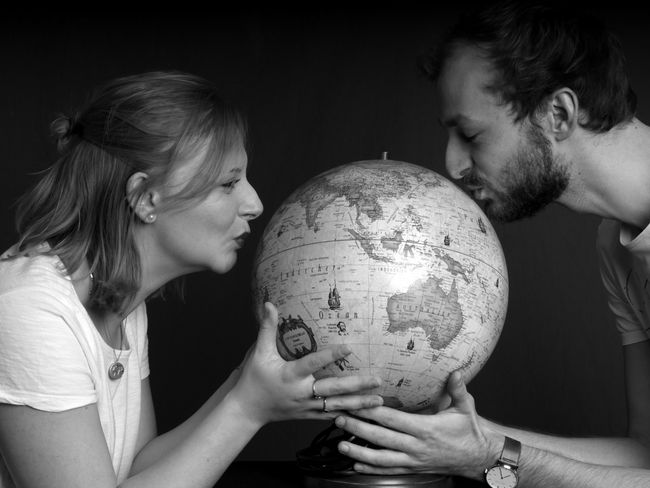Reality of long-term travelers in La Paz, Bolivia
بڵاوکراوەتەوە: 23.11.2022
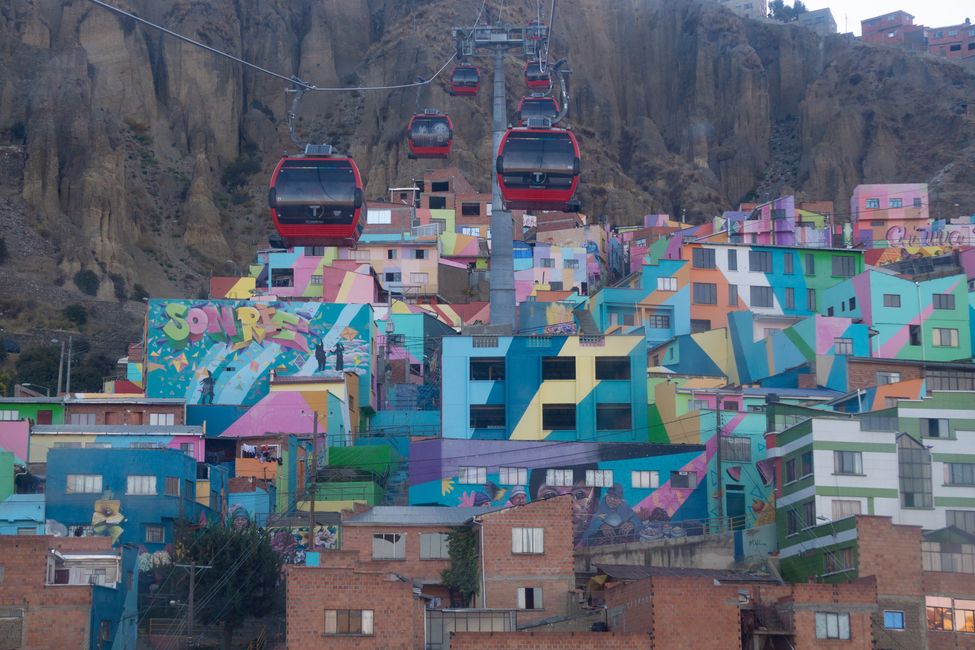
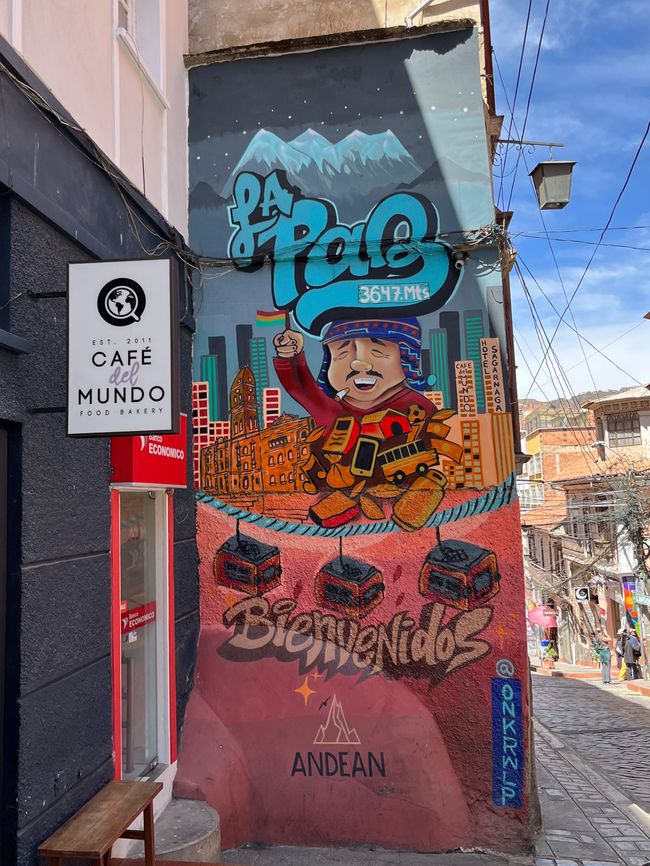
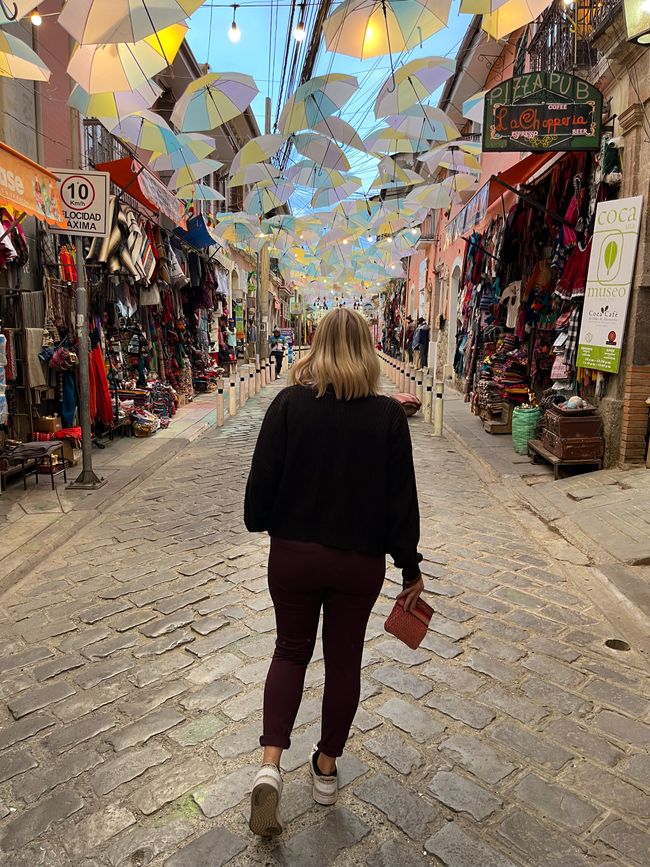
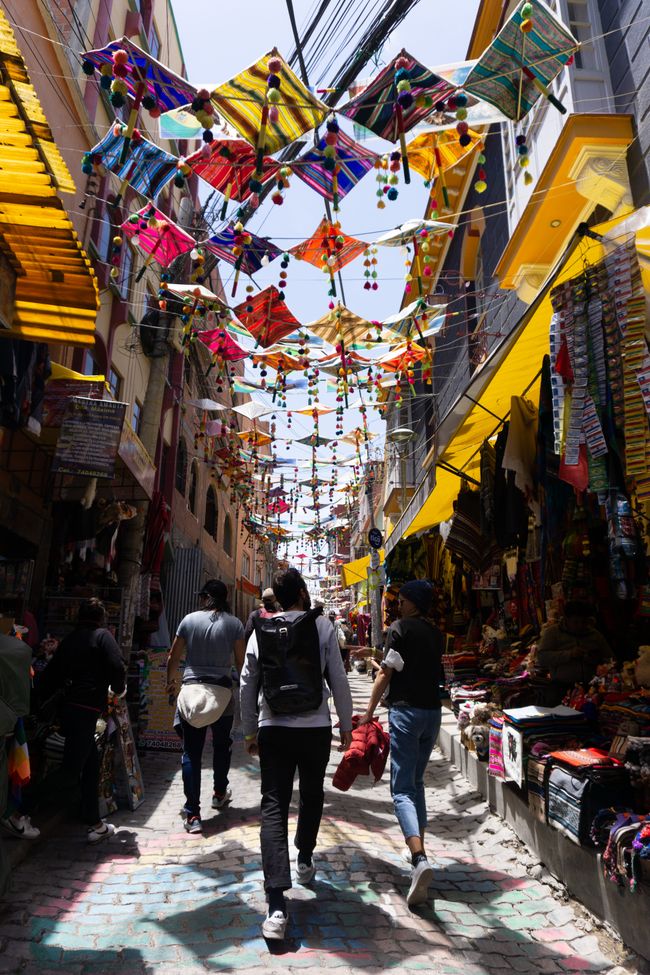
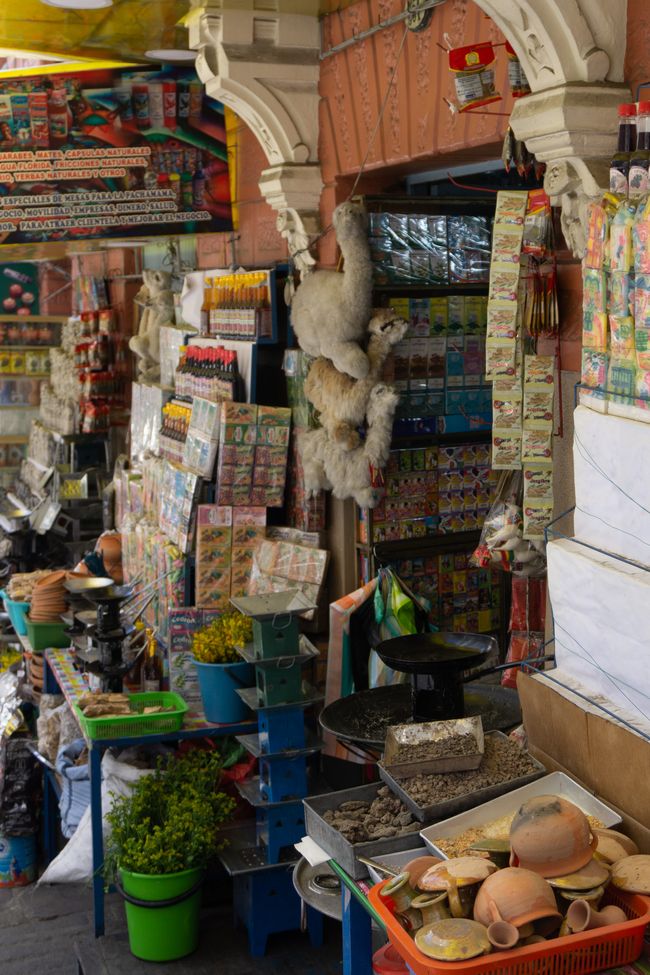
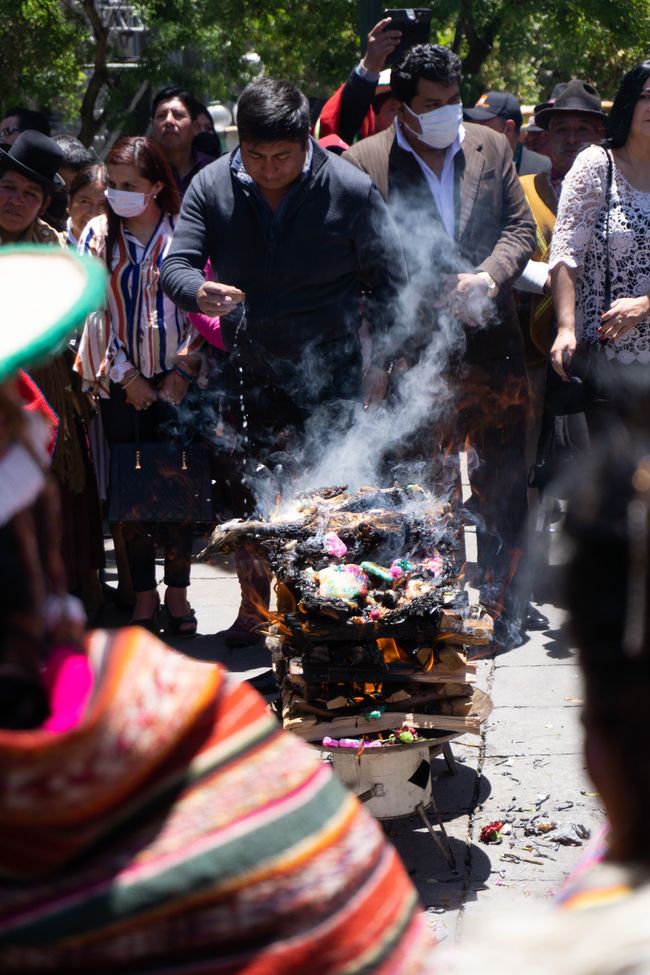
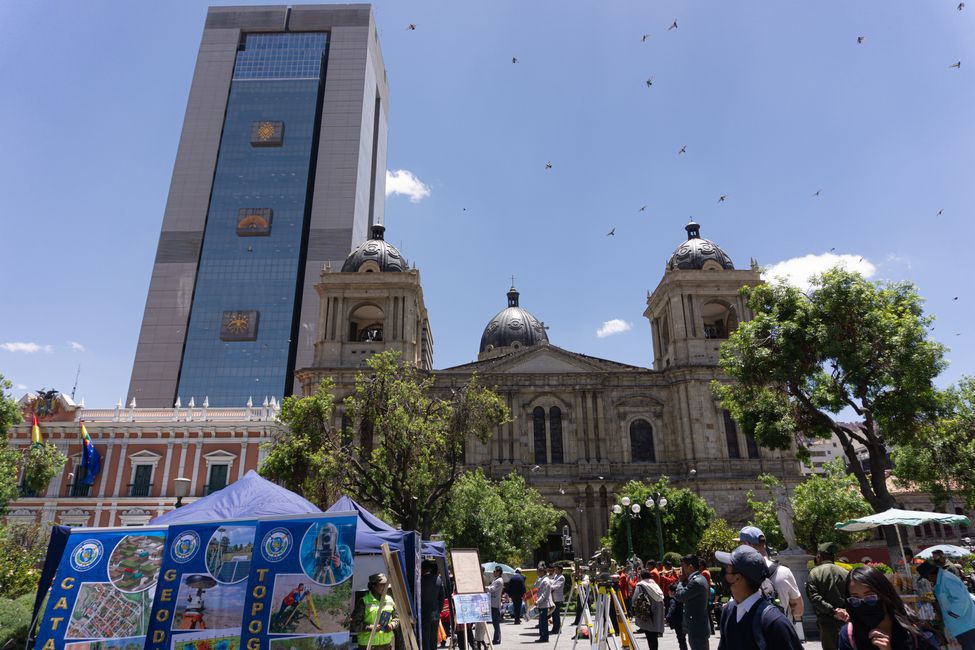
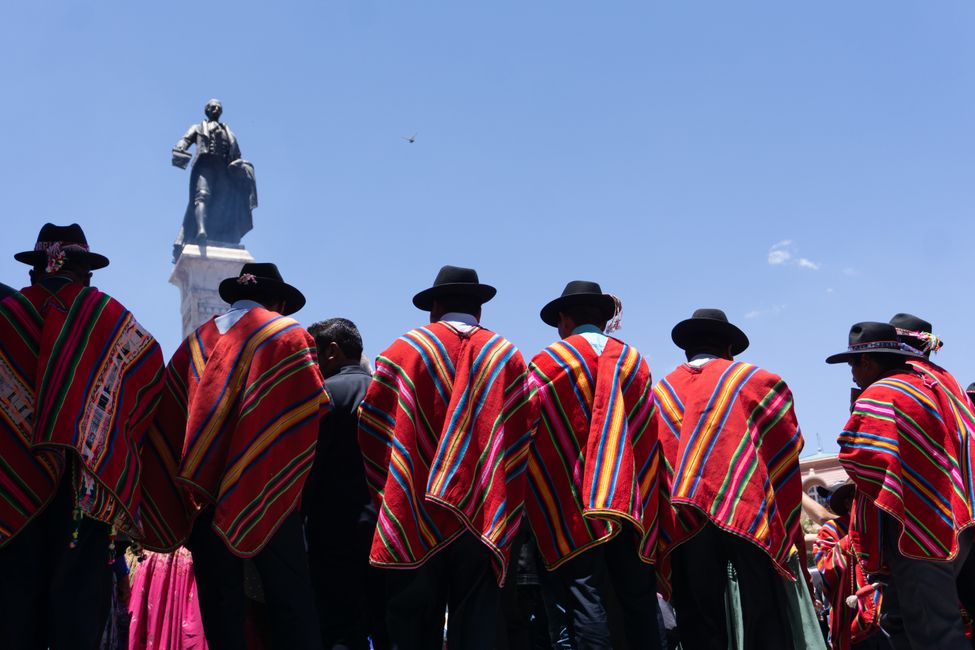

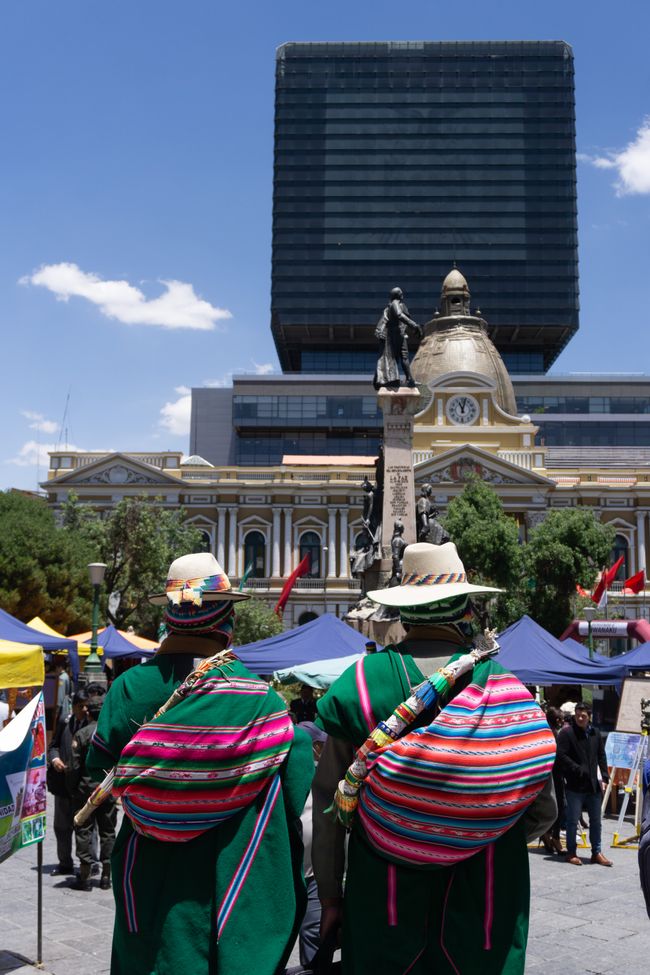
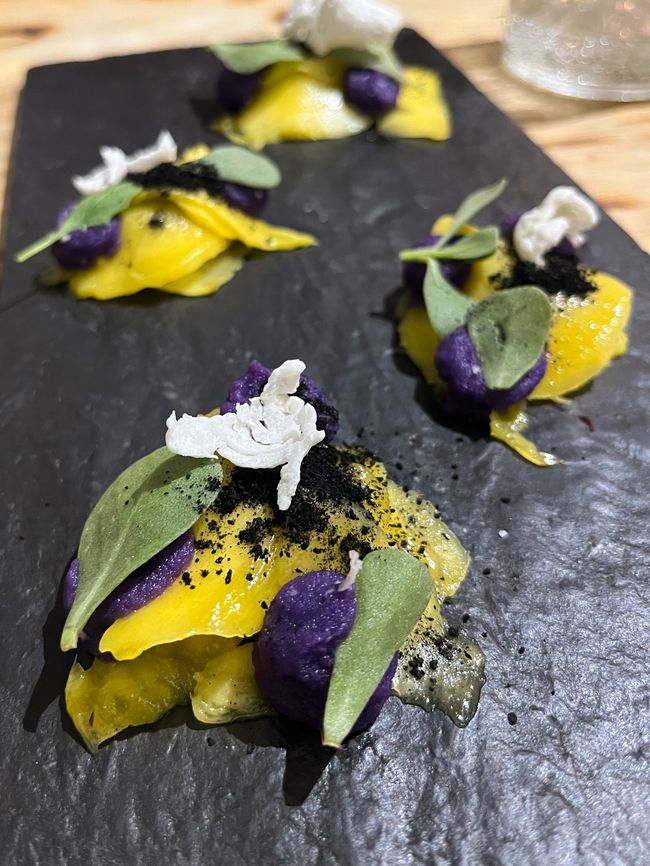
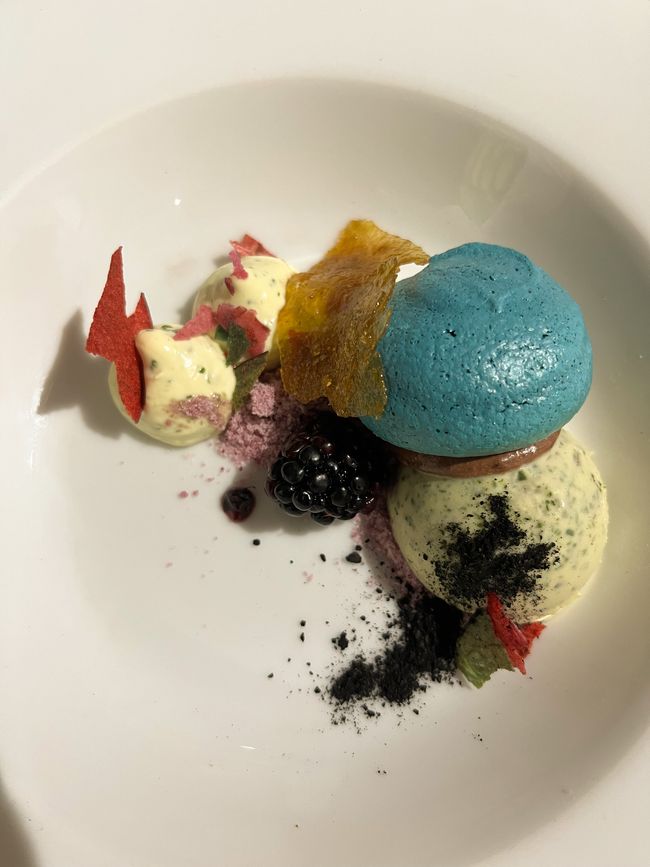
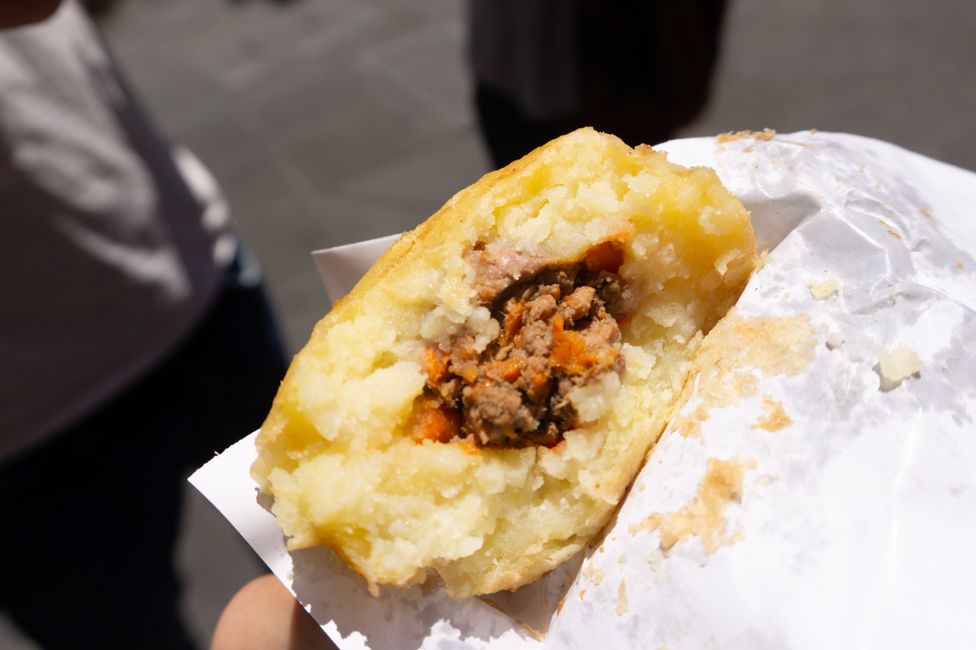

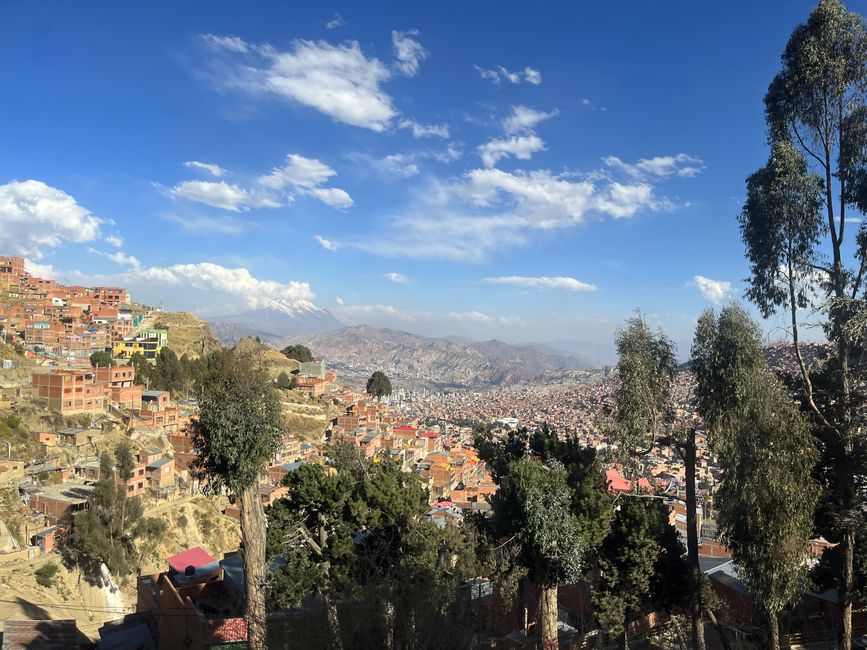
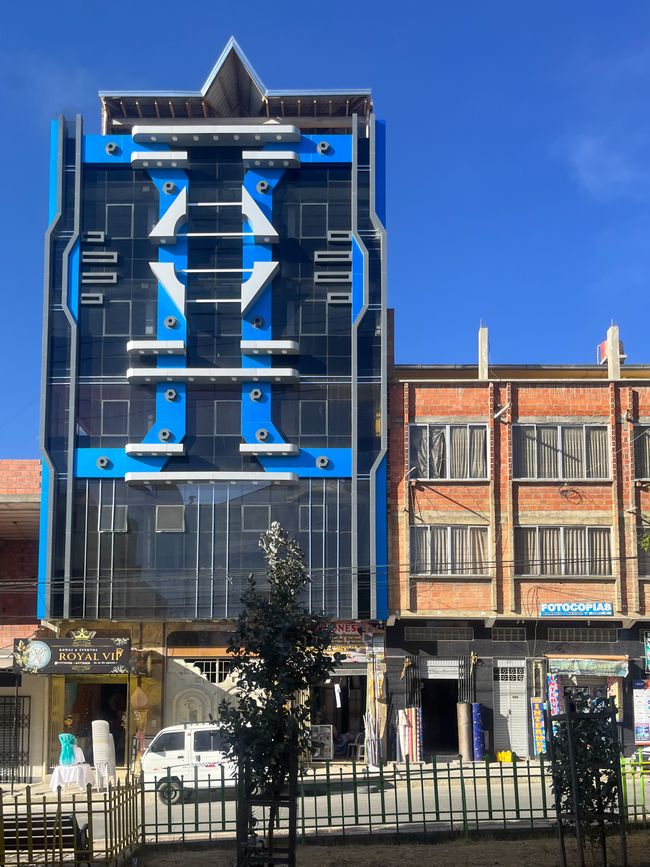
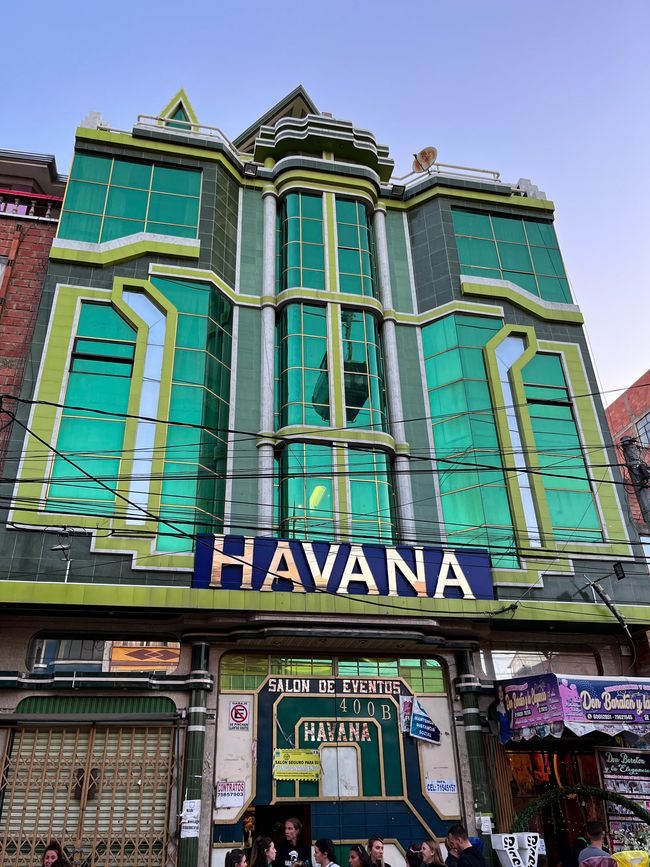
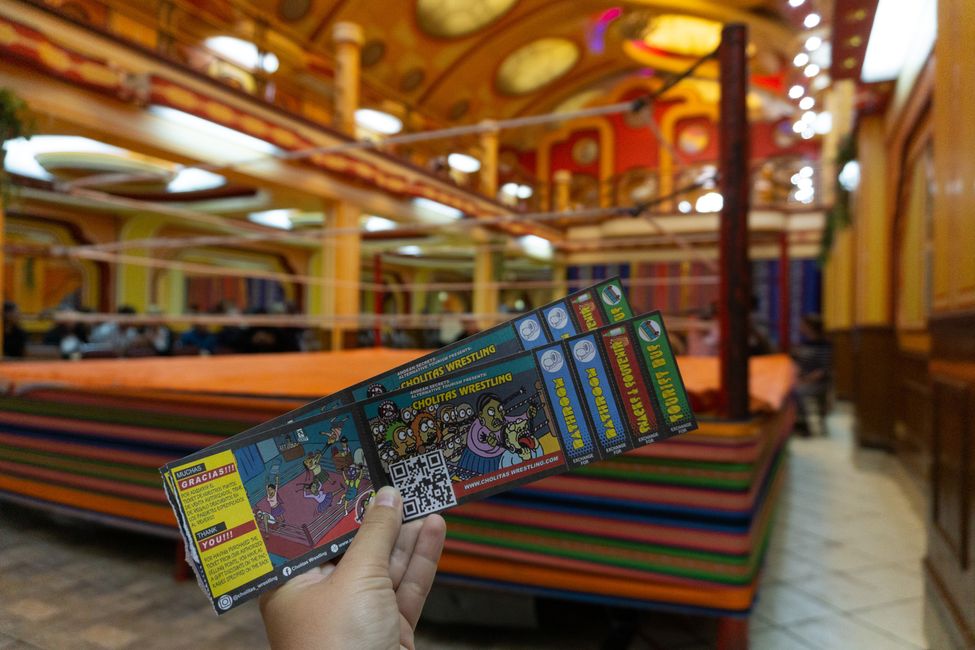
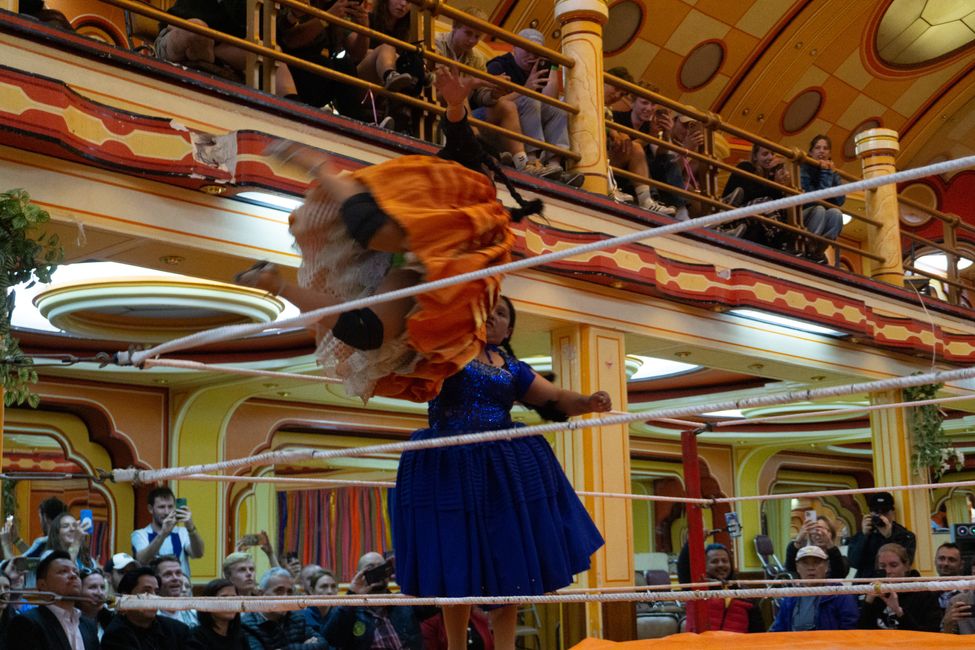
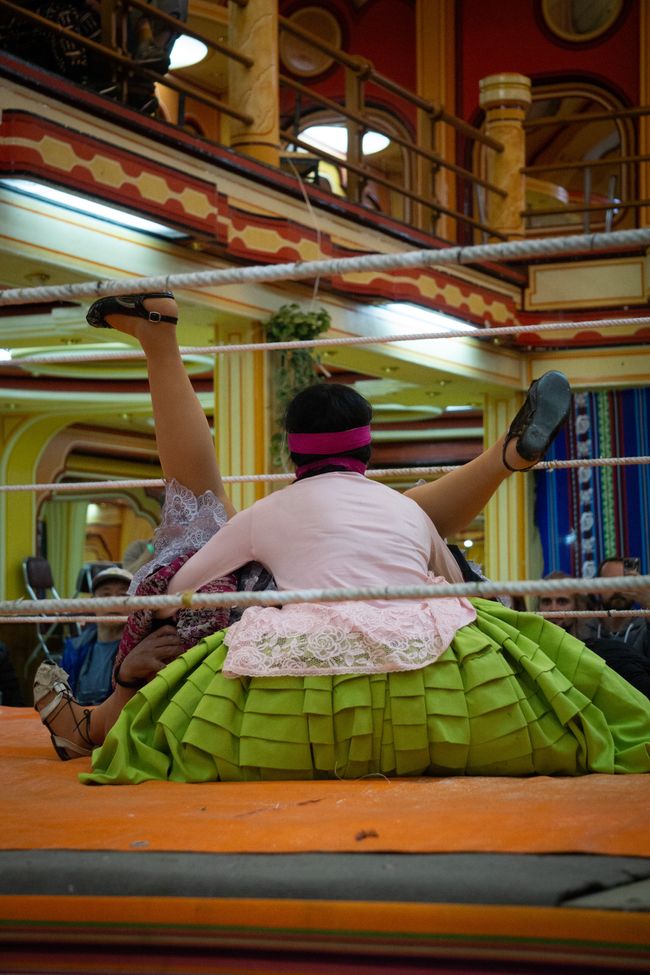
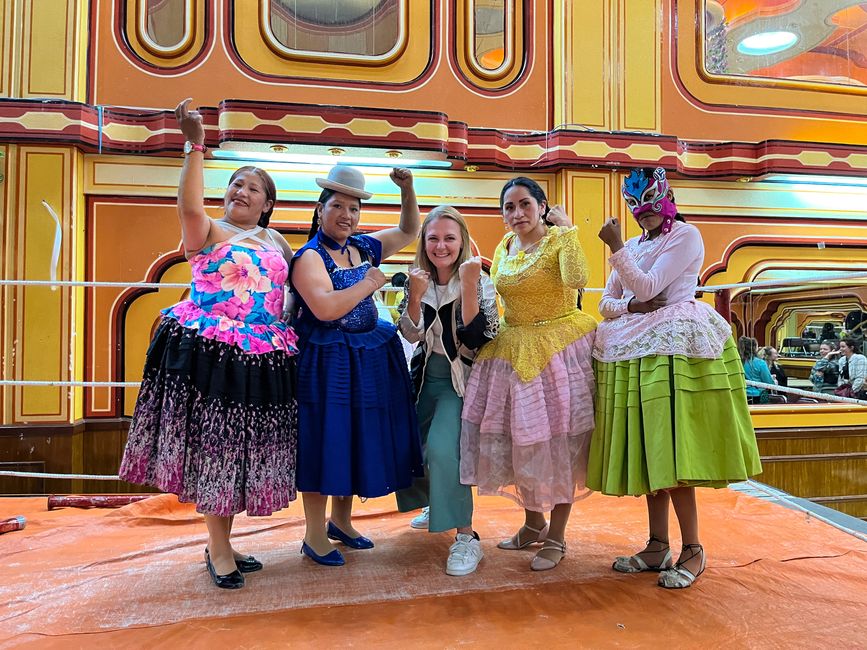
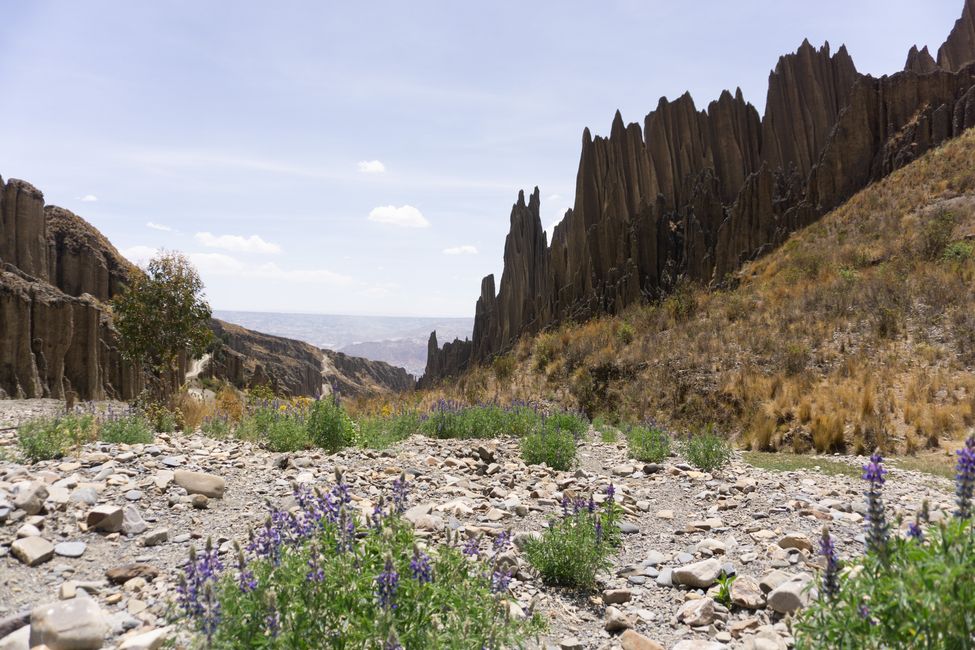
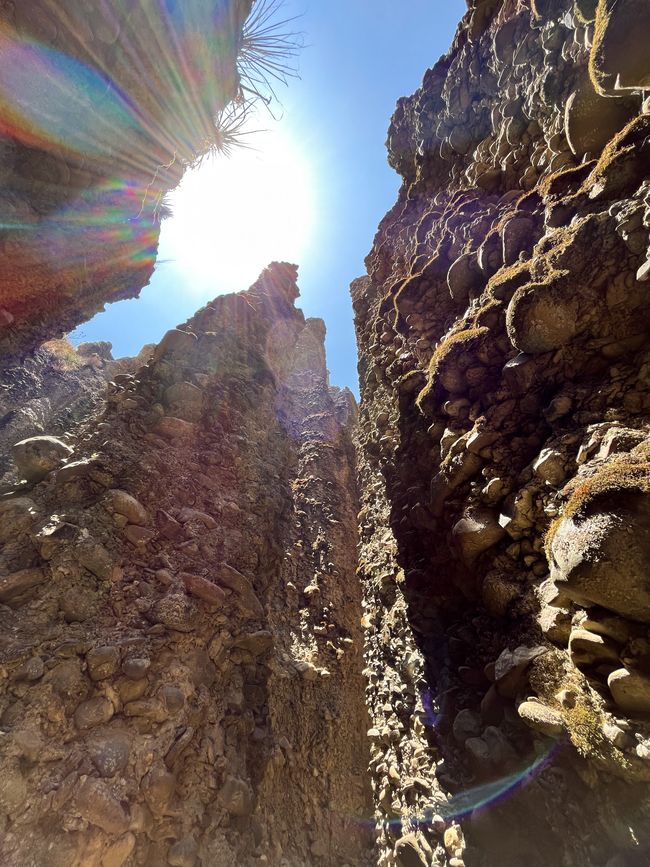
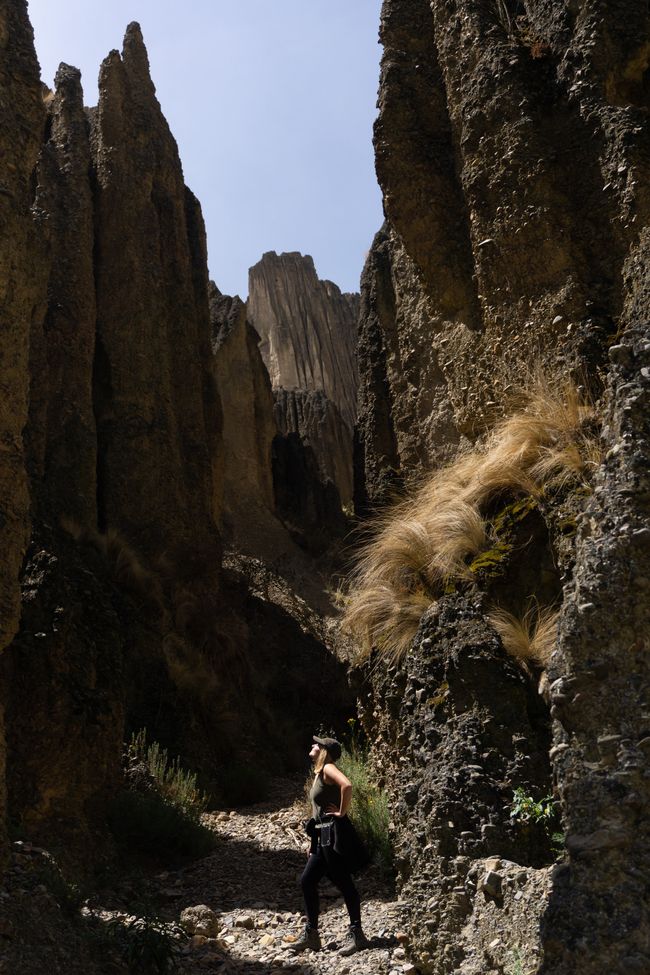
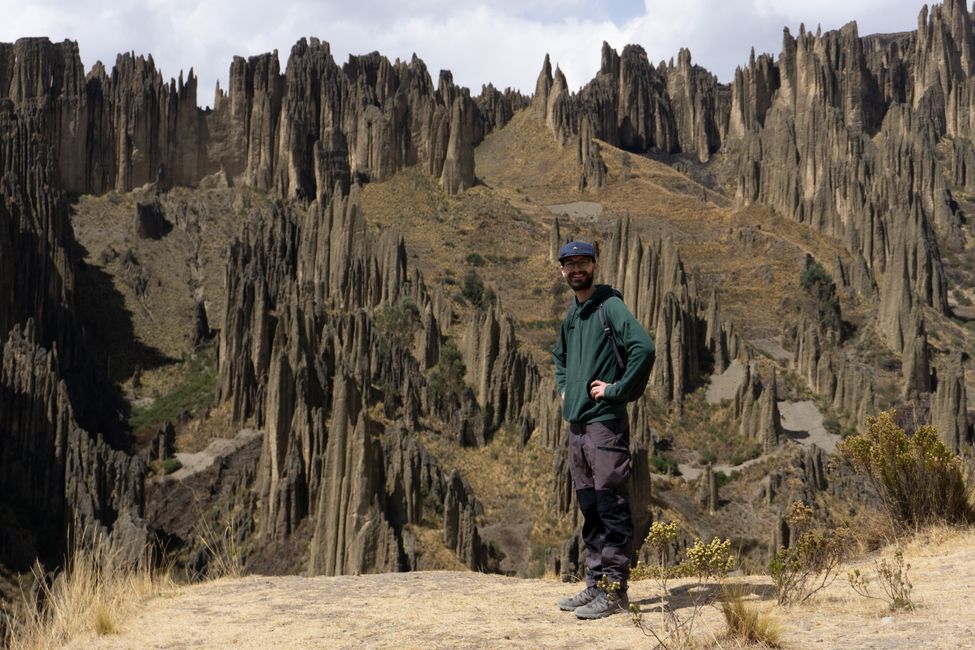
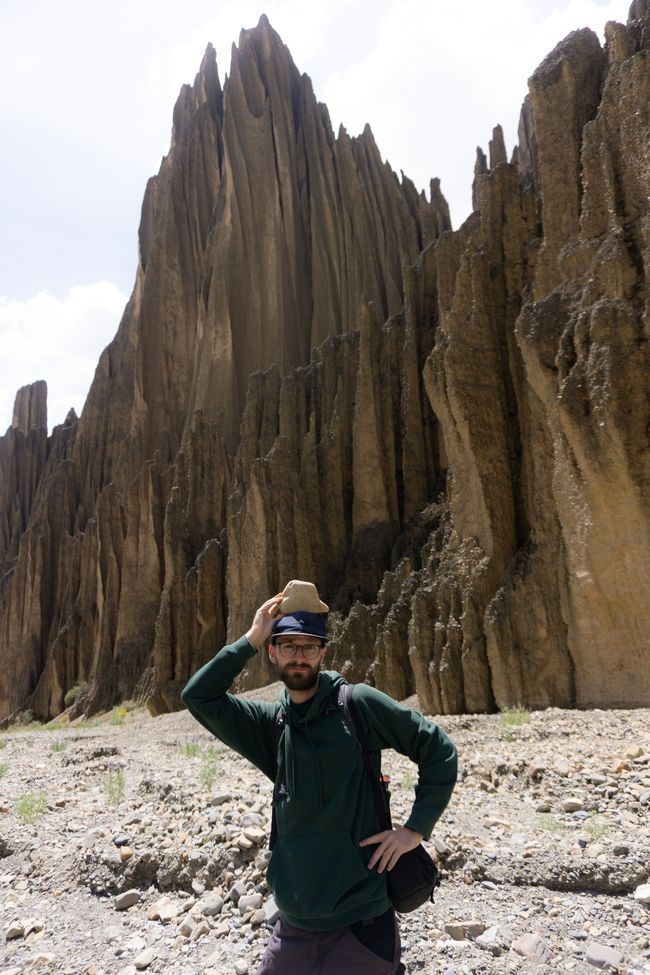
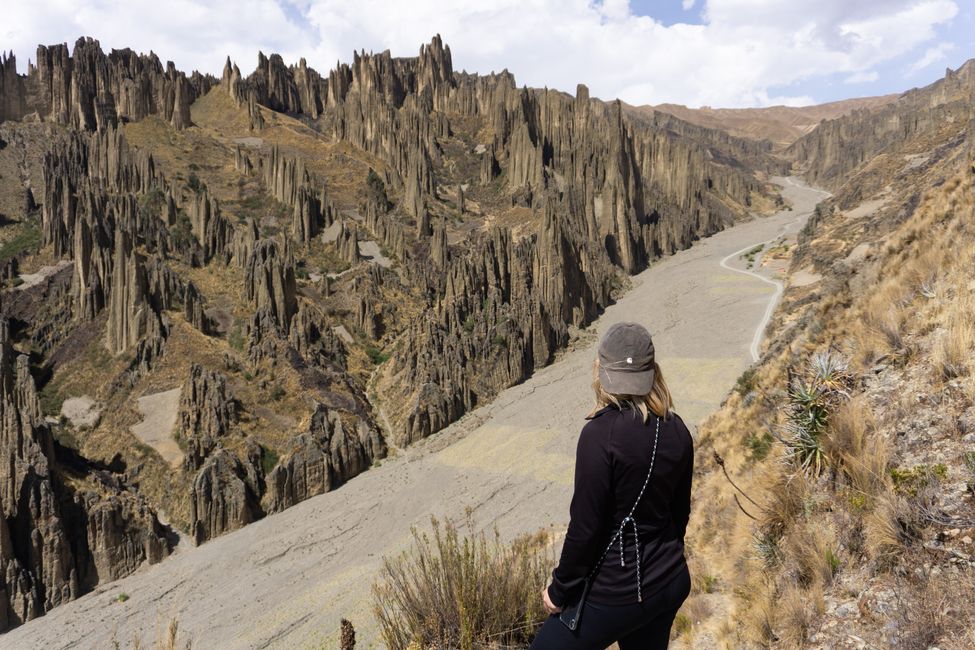
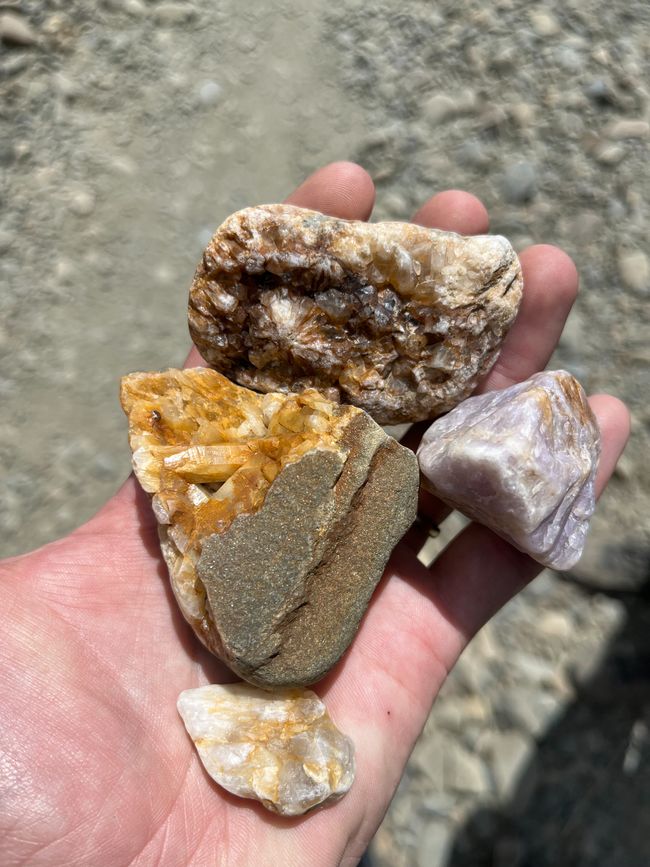
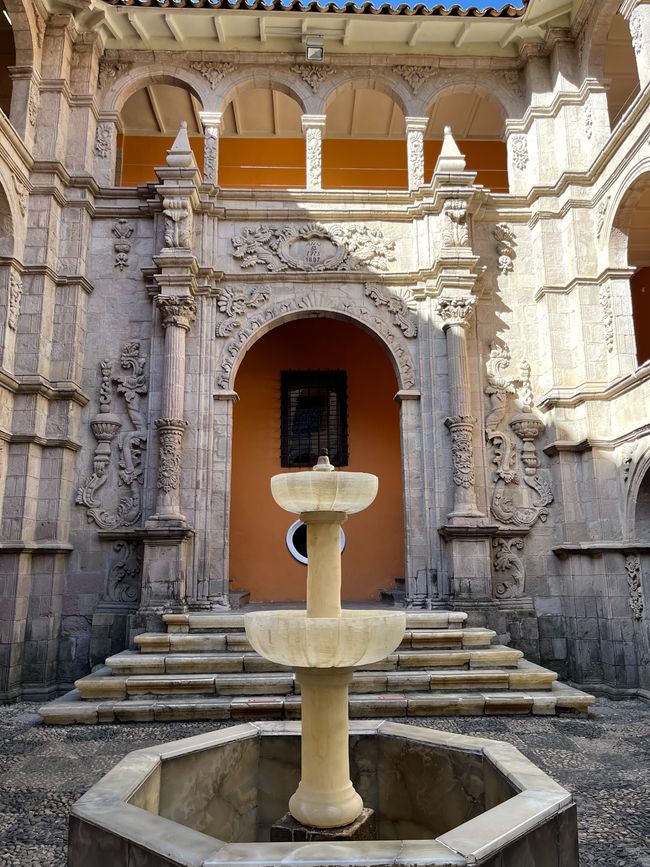
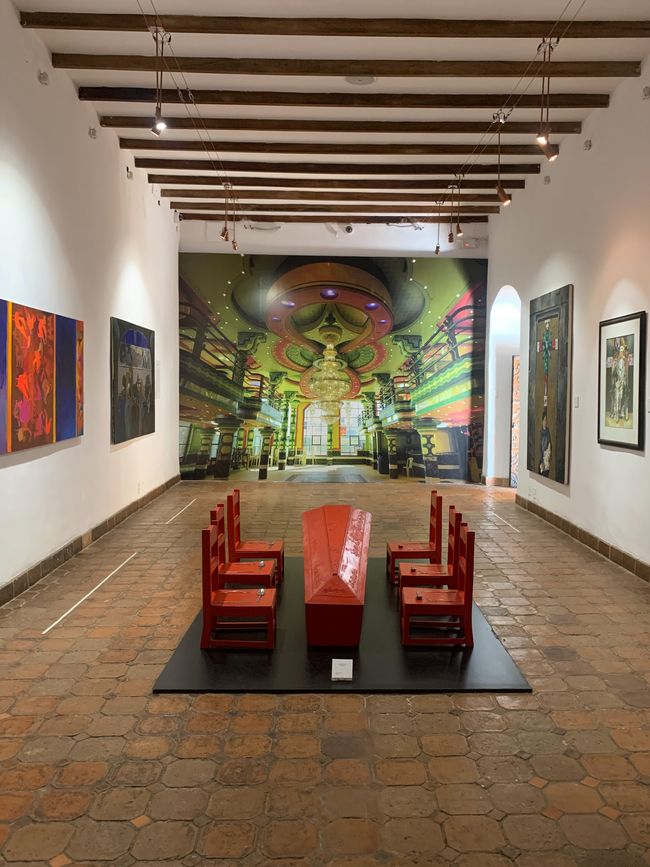
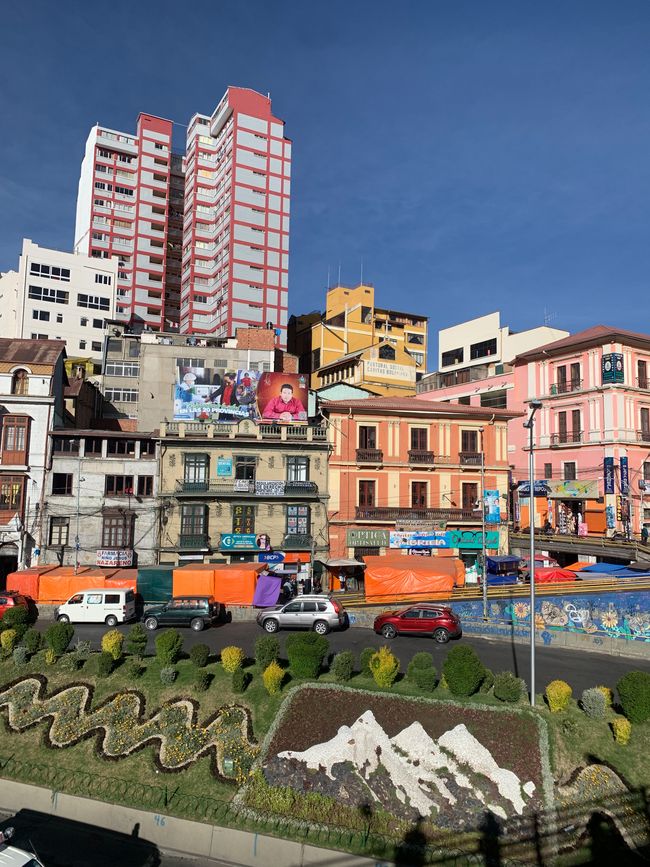
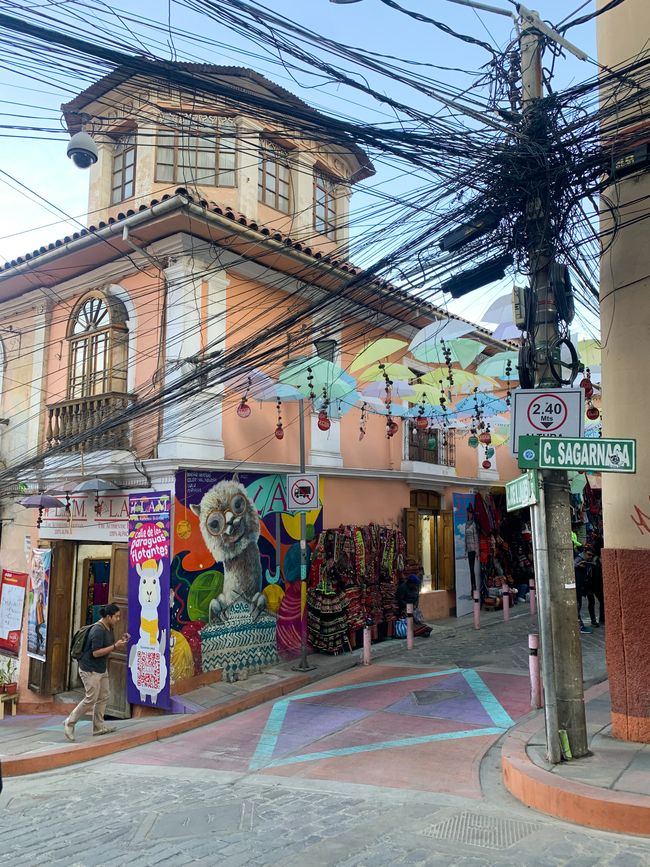
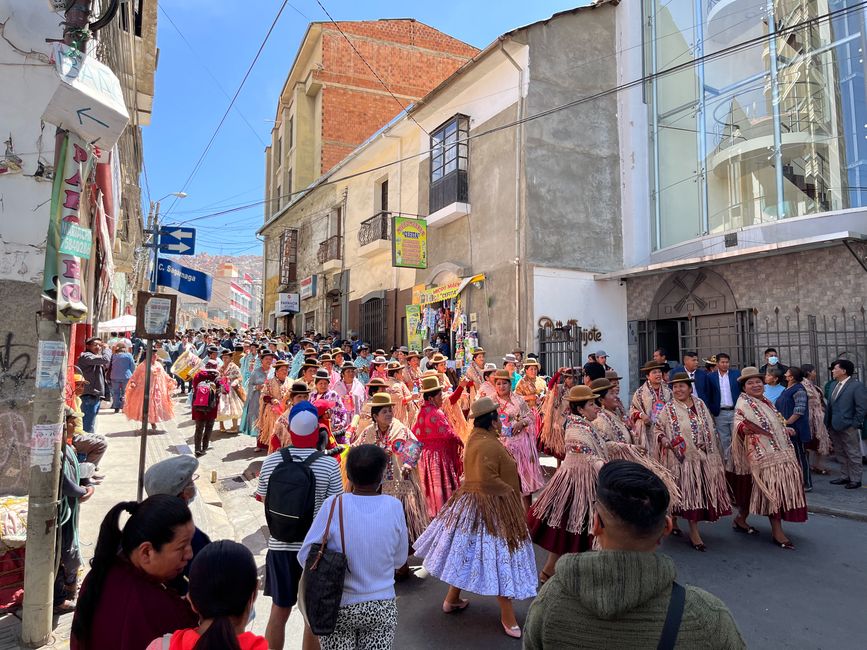
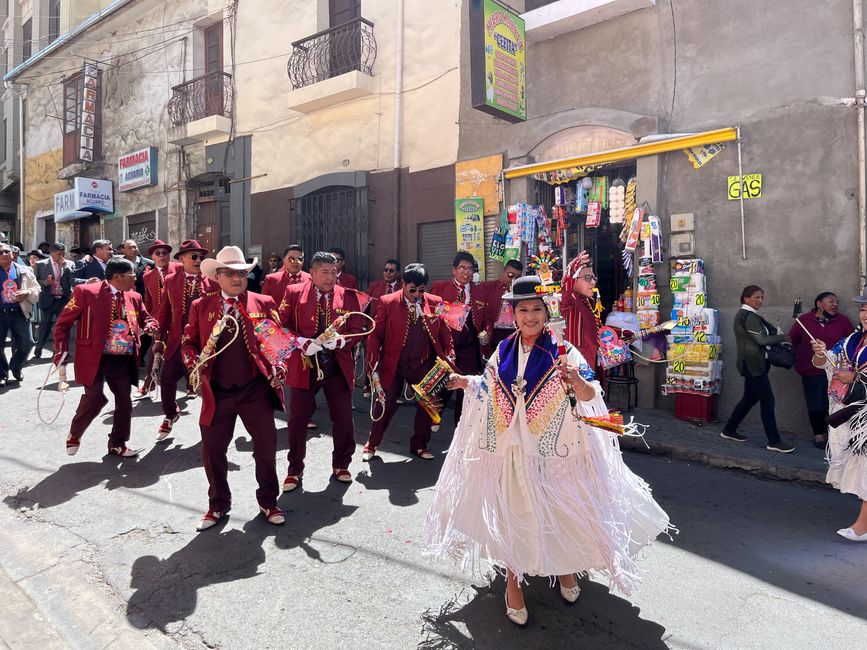
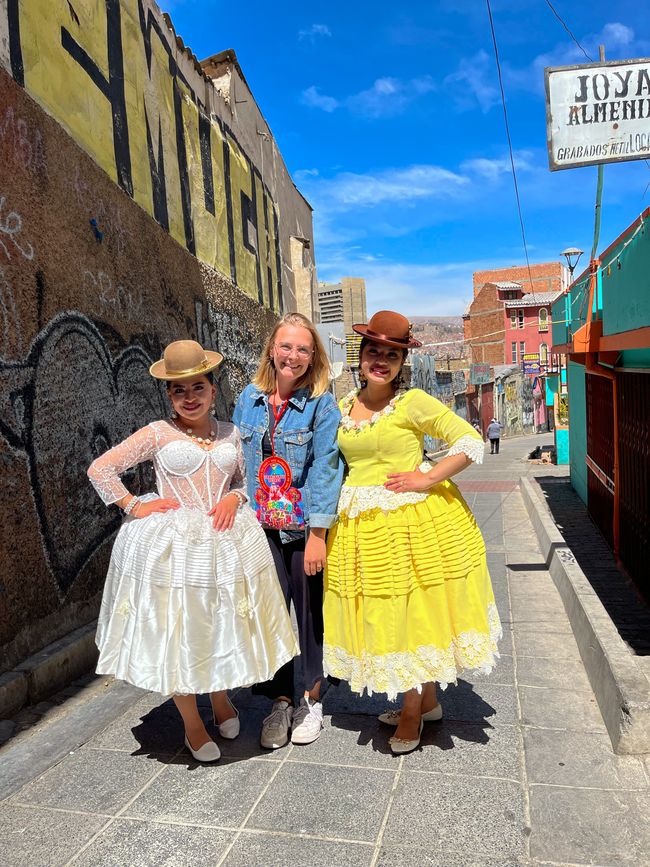
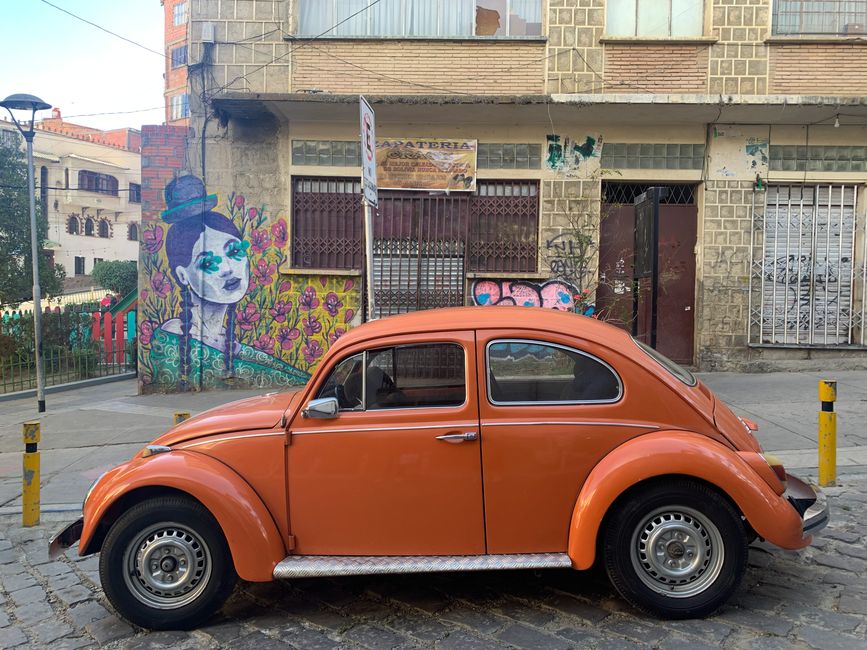
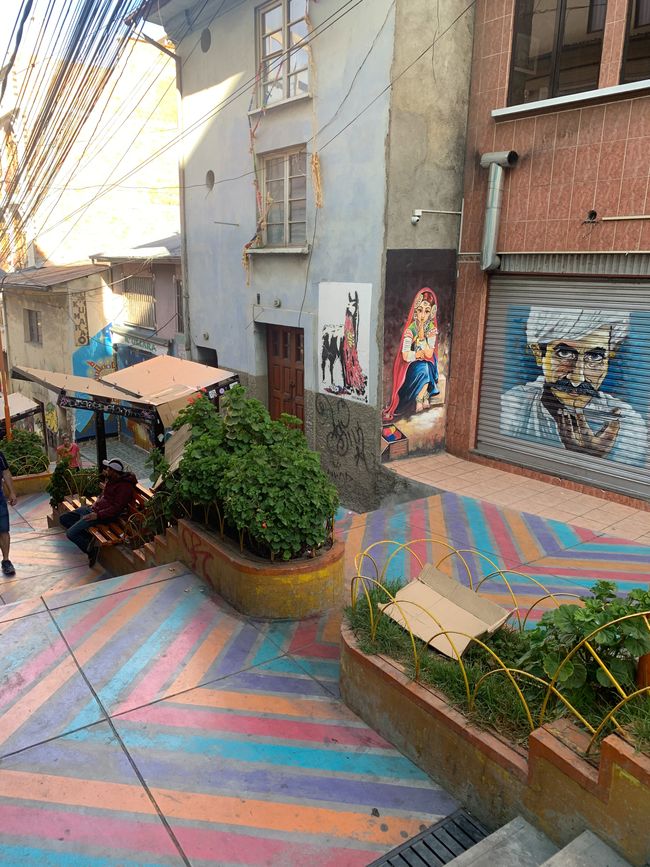
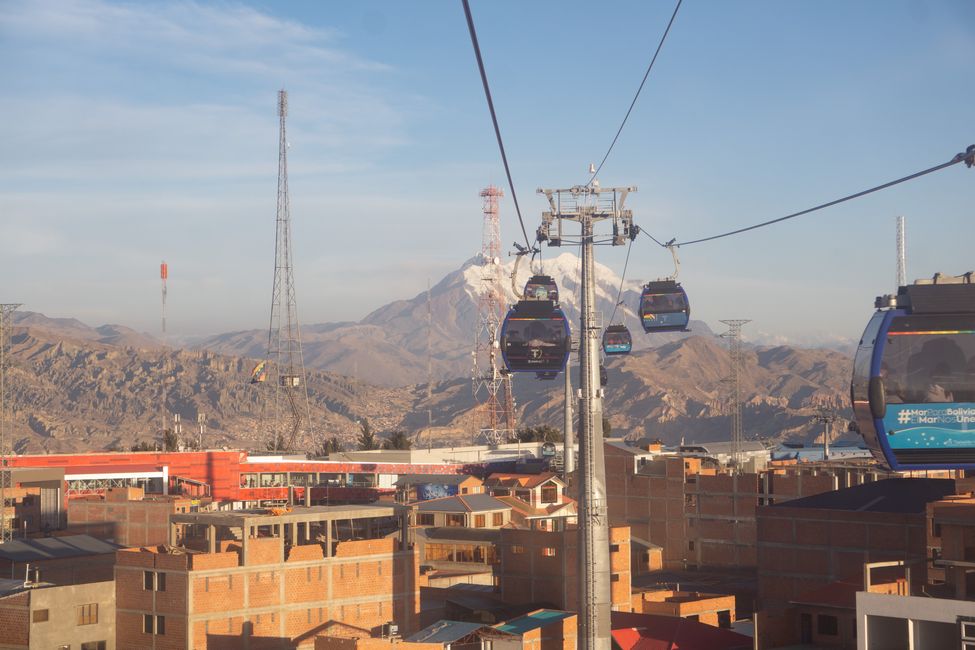
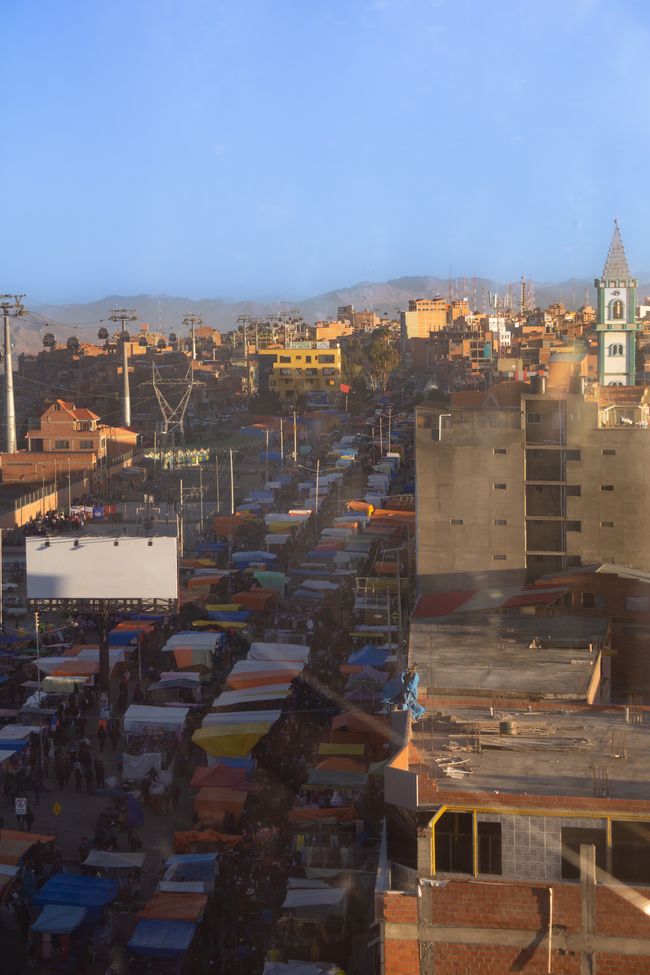
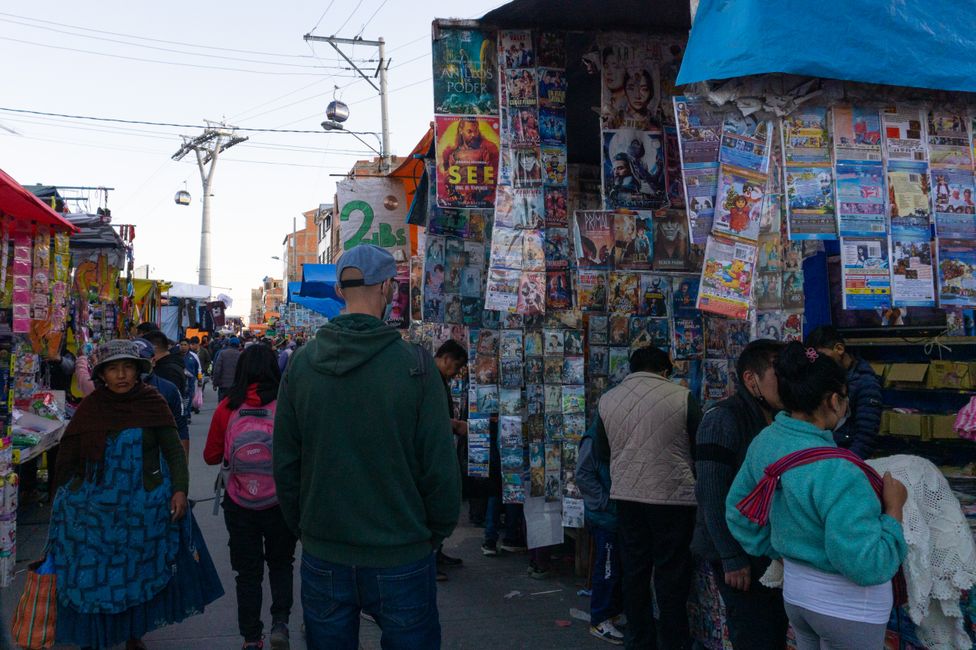

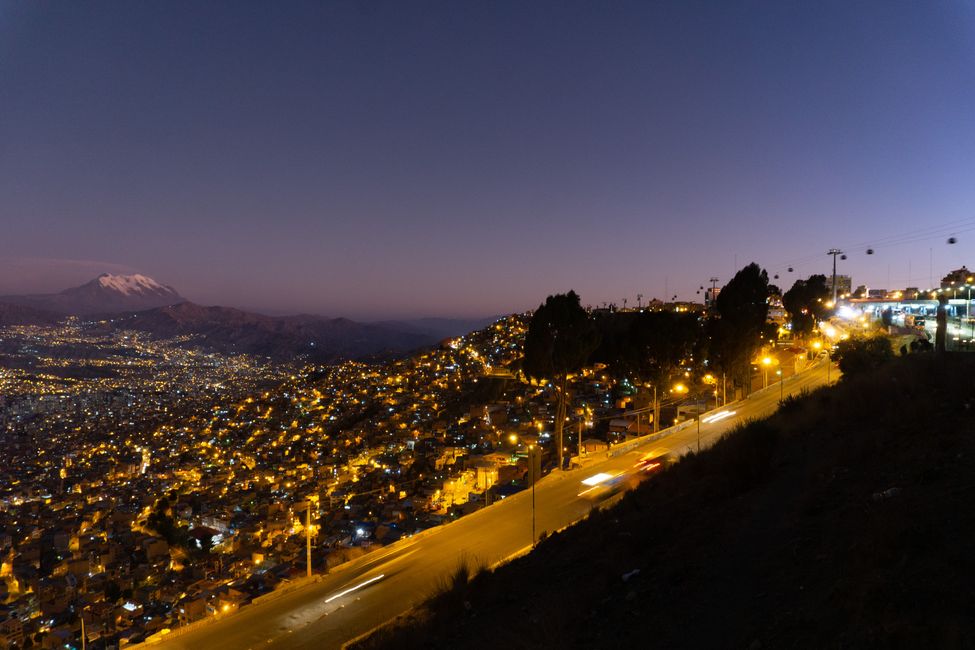
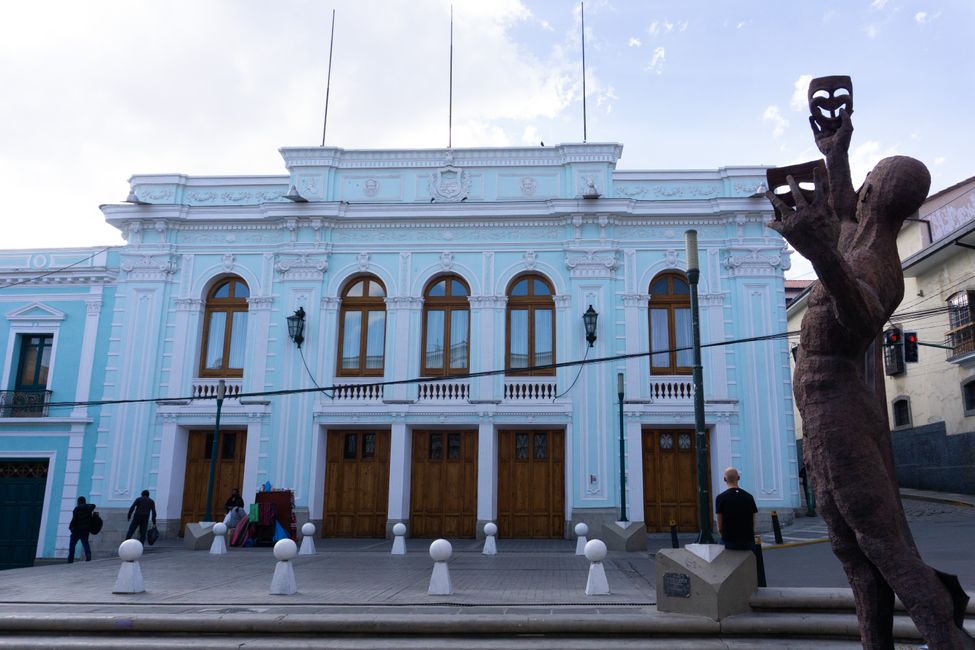
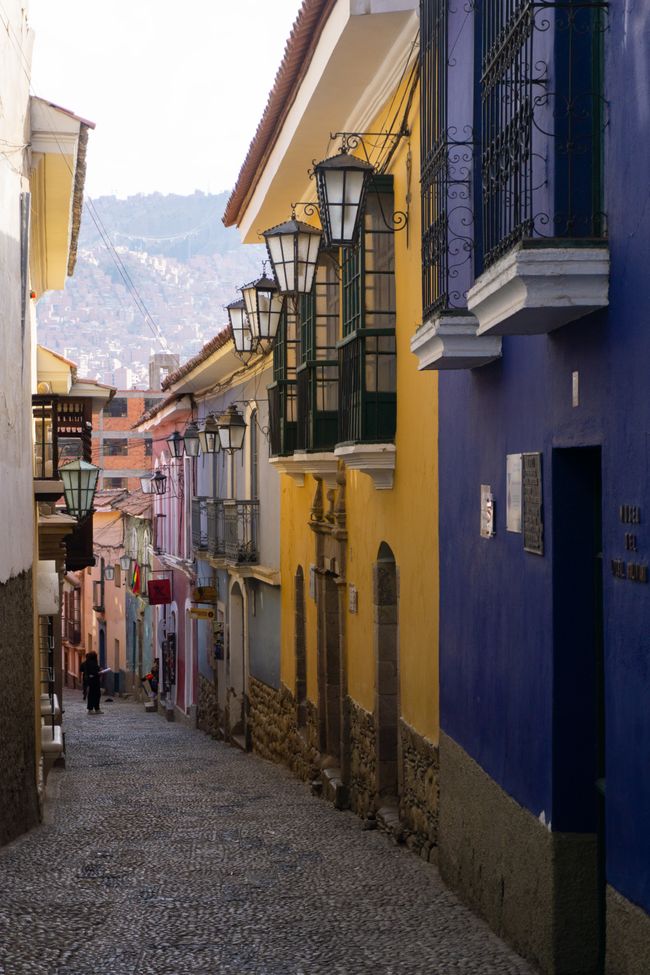
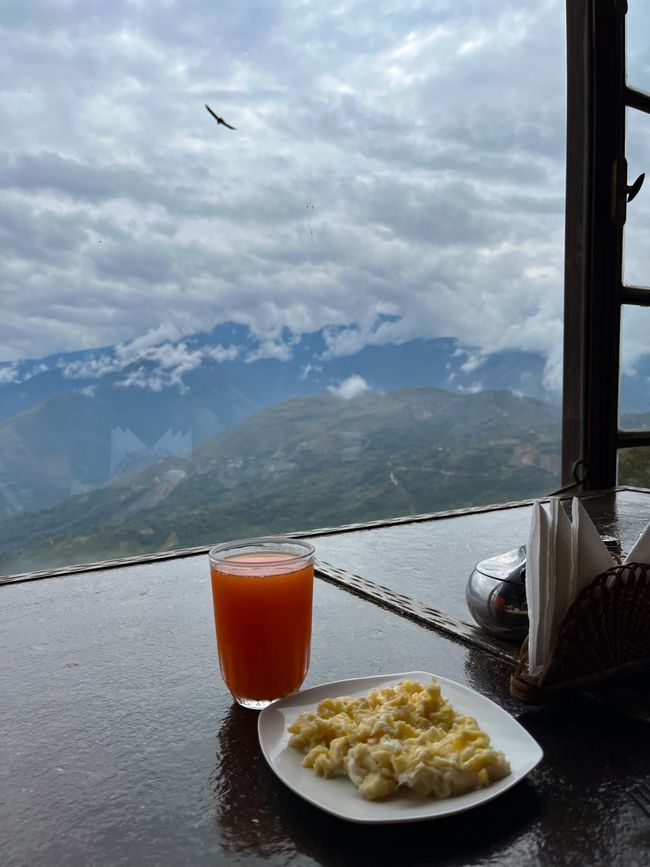
سەبسکرایبی هەواڵنامە بکەن
La Paz. We have been here for almost a week now. What have we seen so far? Not much, because since we arrived in Bolivia, our stomachs have been struggling with the food, water, altitude, or something else... Let's be honest: we're feeling tired of traveling. How we would love to eat real (whole grain) bread, salad, or just food from home; not worry about where we will sleep next, what the next adventure or destination is, and start new small talk with strangers. Of course, this is complaining on a high level and many will say that others can only dream of our life right now, but it needs to be said: being a long-term traveler is not always easy and it also has its downsides (maybe the lack of sleep is speaking here, because we spend nights on the toilet ;) . Well then: chin up, shoulders back, backpack tightened, sunglasses on, and look towards the sunny side of life again! We are still incredibly grateful to be able to take this long break and have made this decision :)
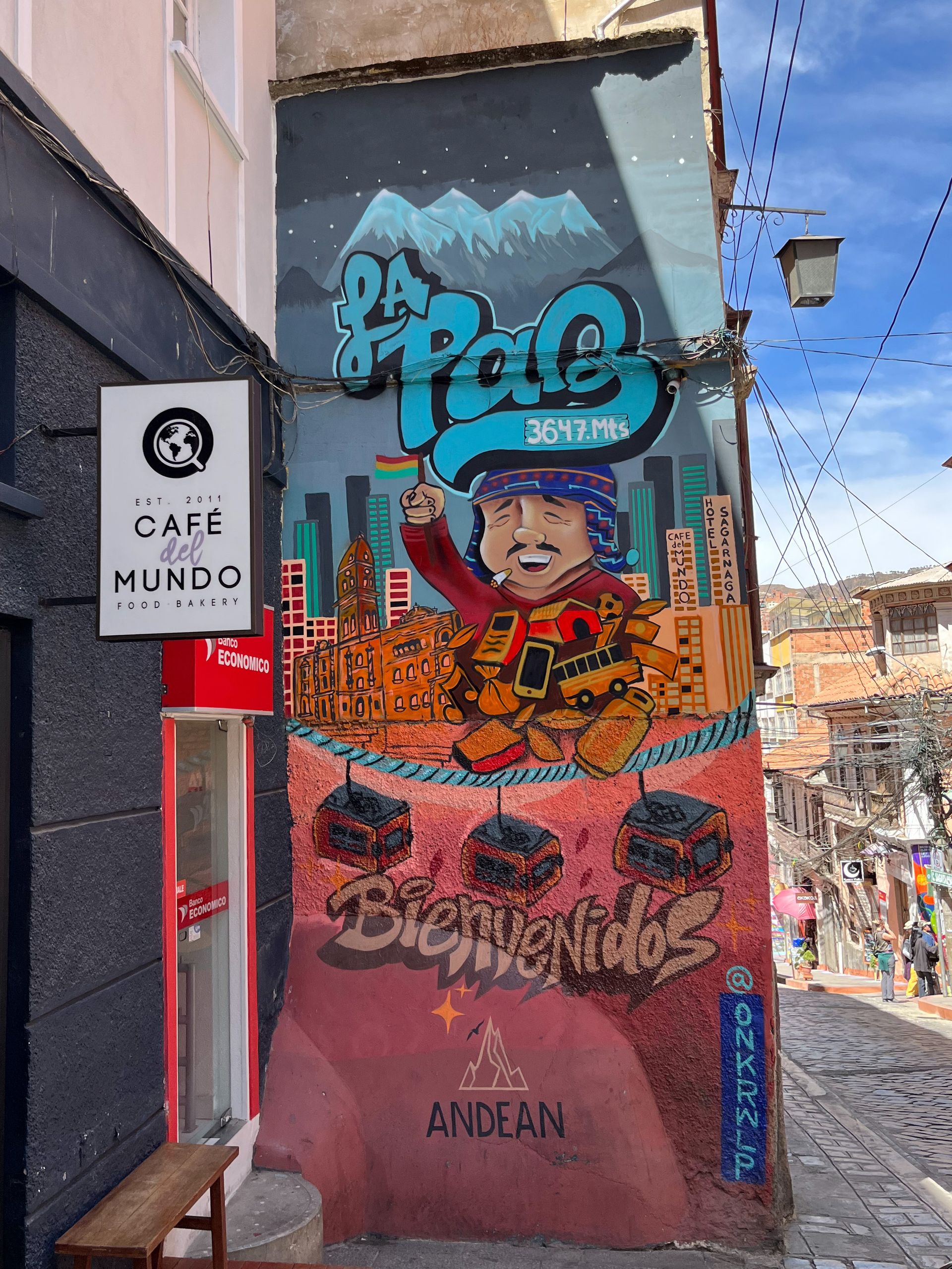
No, La Paz is not actually the capital of Bolivia, but somehow it is a bit. On a walking tour through the city center, our super guide (Daniel from RedCap) tells us that after a dispute between Sucre and La Paz, it was decided that the government buildings, such as the presidential palace and the ministries, would remain in La Paz, but Sucre would remain the capital. We start our tour at Plaza de Sucre, where the prison is also located. The special thing: the prisoners have to pay "admission" depending on the severity of their crime, they can bring their family to "live" with them there, and once they have left the guards/police at the entrance, they organize themselves completely within the prison. What sounds like a strange script for a new season of PrisonBreak is actually reality here. Like a little city within the city, there are restaurants, hairdressers, shops, and other "businesses" with which the inmates can earn some money... Their families are free to come and go as they please; the children to go to school, the women to earn money. Even tours for tourists were offered in the prison until recently (but are now banned!).
We continue to the Witches' Market: an area with sweet streets, colorful shops, and alpaca fetuses. No, you didn't read that wrong! At some stands, dead baby alpacas hang from the ceiling... But there is a reason for that: the allegedly naturally deceased animals can be bought to sacrifice them to "Pacha Mama" (Mother Earth). This is supposed to bring luck, especially when building a house, where the alpaca is solemnly buried in the ground of the property with sweets, flowers, coca leaves, and alcohol, accompanied by a shaman. Even if you don't believe in such things, you will not find a single construction worker willing to help with building a house without this ritual. A somewhat questionable custom, but what the guide tells us next is even more eerie: those who want to build a particularly large house, such as a skyscraper, used to require a human sacrifice, which was only performed by dark shamans. They would roam the streets at night with their assistant in search of a soul without a home, family, friends, preferably alcohol- or drug-dependent, and then make them submissive before pouring them into the foundation of the construction site. Today, this is no longer practiced, but nobody is completely certain... But enough of the horror stories.

Or maybe not? At the San Francisco Church, we learn how the Catholics fueled the fear of the indigenous people losing their souls in order to convert them. With mirrors (which they had never seen before), they showed them that their souls had found a safe home in the church. And it worked surprisingly well, as today 90% of all Bolivians are Catholic.
The next stop is at Plaza Metropolitana Murillo, where the presidential palace is located. The Bolivians have already burned it down twice because they were so dissatisfied with the politics. Because here too, the stories continue that hardly anyone can make up: the Bolivians prefer to re-elect the worst presidents for a new term. So there were some who privatized everything; some who exported all the country's resources, leaving the residents with nothing; some who even imposed taxes on services that are supposed to be free; some who shot their own population with the help of the military; some who ran away with all the cash that the state bank had to offer, etc. Somehow, this country has not had much luck in the past, even though it has some of the richest mineral resources in the world (e.g. lithium).

An interesting tour comes to an end and we dedicate ourselves to the local gastronomy. At a street vendor, we try Papas Rellenas (balls of mashed potatoes filled with meat and various sauces), freshly squeezed orange and mandarin juice, and watermelon. In the evening, we continue with a 4-course menu with our old friends @travel_teachers, which offers interesting combinations from the newly interpreted Bolivian cuisine.

Then we decide to experience another curiosity of Bolivia: a visit to the Cholita Wrestling! Cholitas are the women from the Aymara culture. You can recognize them by their voluminous skirts (which weigh about 5 kilograms) and a hat on their heads (which has become part of the culture through the trick of an Italian vendor). Wrestling was originally reserved for men, but the strong Cholitas fought for their right to also train and fight, and some of them are now better than their male colleagues. With popcorn and cola, we cheer on the show fight of the flying skirts and have a lot of laughs.
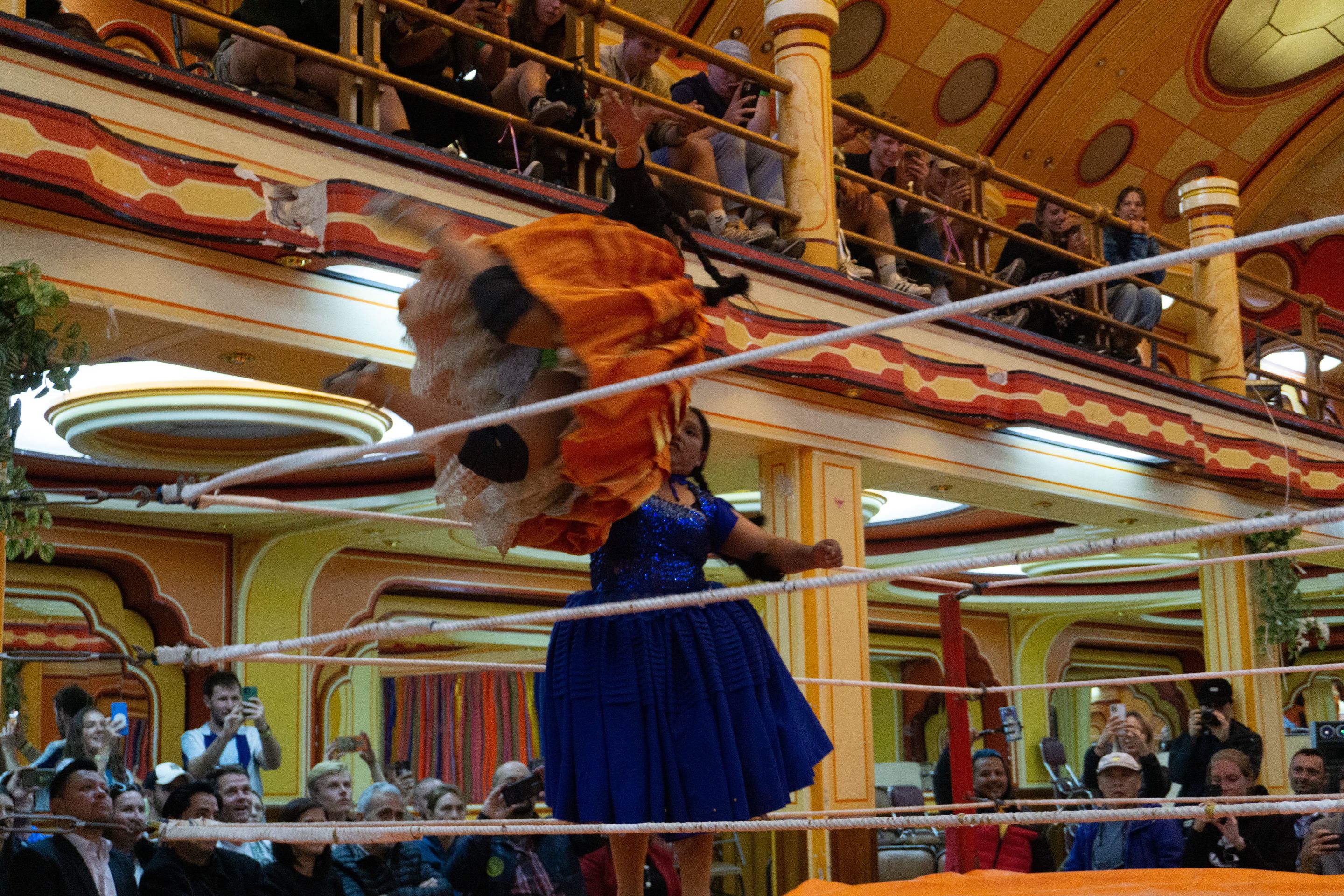
After that, we return to the city center via the panoramic road. The view from the higher district "El Alto" surprises us so much that we decide to go up here again for sure.
As planned, we take the cable car over the roofs of the city on a Sunday. We take the red line through a wonderfully colorful neighborhood and then continue with the blue line a bit further. Suddenly, we see thousands of market stalls below us, and it seems to never end...
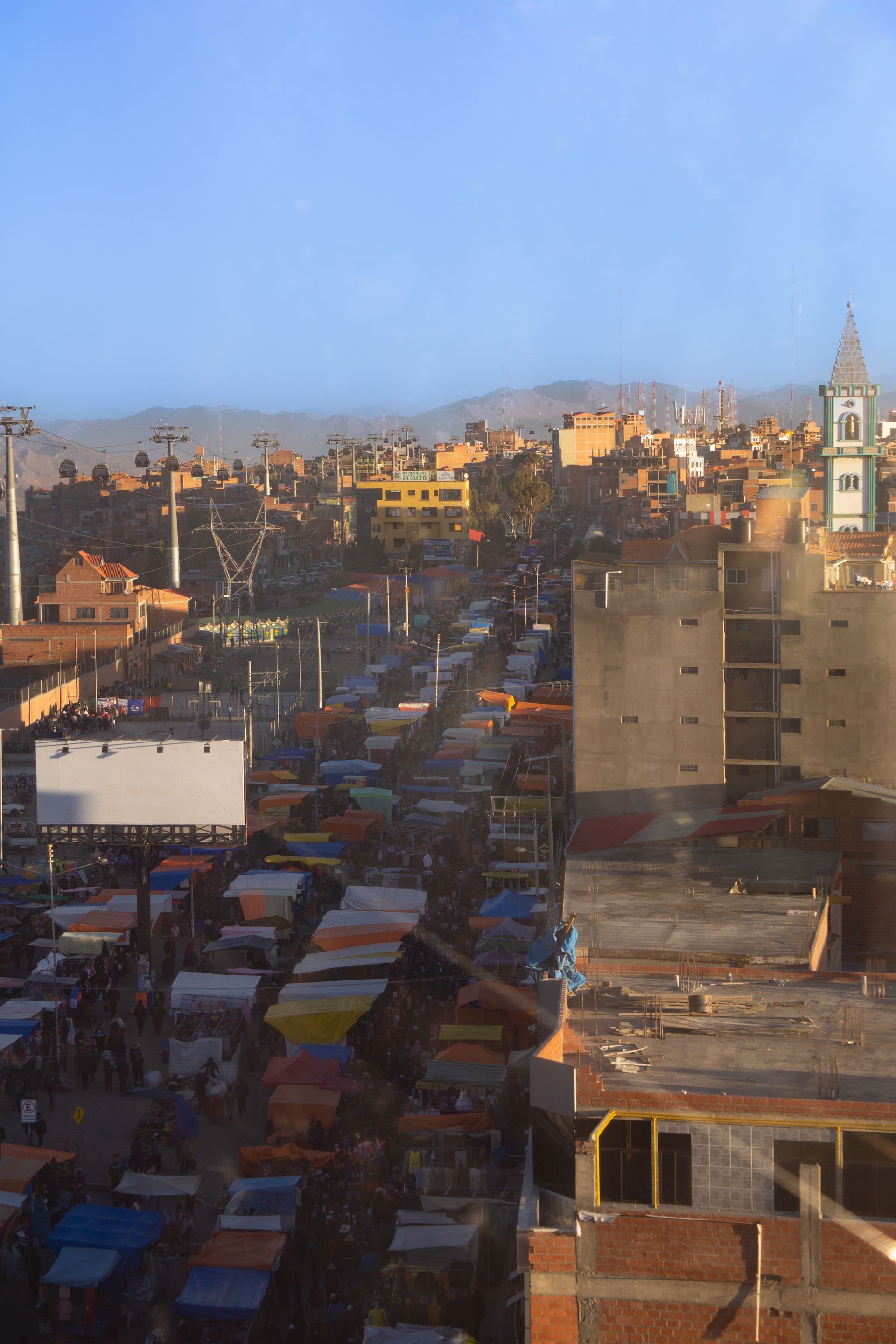
Without realizing it, we have ended up at the highest large market in the world, the Feria 16 de Julio. This market is one of the largest in the world and is located at an altitude of about 4200m. We only walk through a very small part of it, but even here it is already clear that there is absolutely nothing that does not exist here. However, most of the stands are already being dismantled, as it has become evening and we actually came here for the beautiful view. Near Avenida Panoramica, we reach a viewpoint and enjoy the view of the city and the surrounding mountains in the last light of the day. Then we go back down with the cable car. It feels a bit like being in an oversized stadium when everyone around us takes out their lighters or flashlights and we find ourselves in a large and beautifully lit sea of lights.
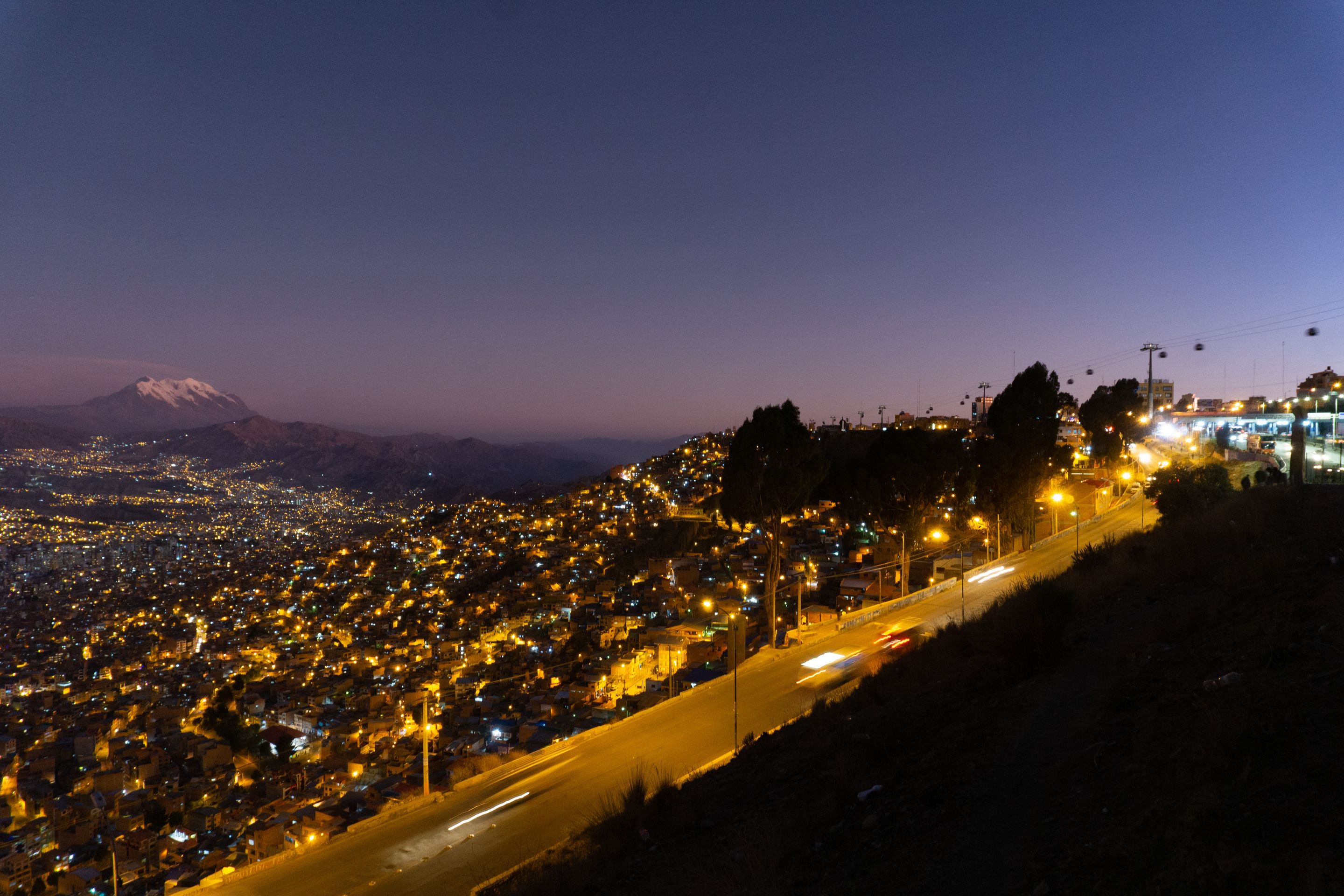
A different landscape that seems to be out of this world awaits us just outside La Paz. A one-hour bus ride for about 40 cents separates us from the "Valle de las Animas". Flore from Belgium joins us again. From the end station, we simply walk into the valley following our instincts. Right from the start, the path is lined with unrealistically shaped pointed rock pillars, formed by erosion from sandstone. Everything here looks like a setting for an evil Hollywood villain or how one might imagine Mordor from Lord of the Rings. The only thing that doesn't fit is the radiant sun, which burns down on us without leaving a spot of shade. We continue to trudge up the mountain, until we eventually give up. After 5 days of gastrointestinal problems, there is simply no more energy left, and on top of that, there is the scorching heat and the altitude. We find the only tree far and wide and take a break while Flore tackles the last stretch to the viewpoint alone. On the way back, we find incredibly many stones in various colors, some of which contain crystals, and let the impressive landscape take effect on us. It's amazing what nature creates!

However, we notice that so many weeks at high altitude do not allow us to regenerate our health in peace, so we decide to leave La Paz behind.
We take a minivan over a pass and then much further down to the small town of Coroico at the end of the famous Death Road. Here, we actually find a German restaurant that serves us spaetzle - so the world is back in order ;) Otherwise, we really just rest, even though the beautiful surroundings with countless green mountains have a lot to offer for outdoor enthusiasts... And unfortunately, we still don't feel fit enough for the nerve-racking mountain bike tour on the most dangerous road in the world.
We continue to the Bolivian jungle at an altitude of only 274m!
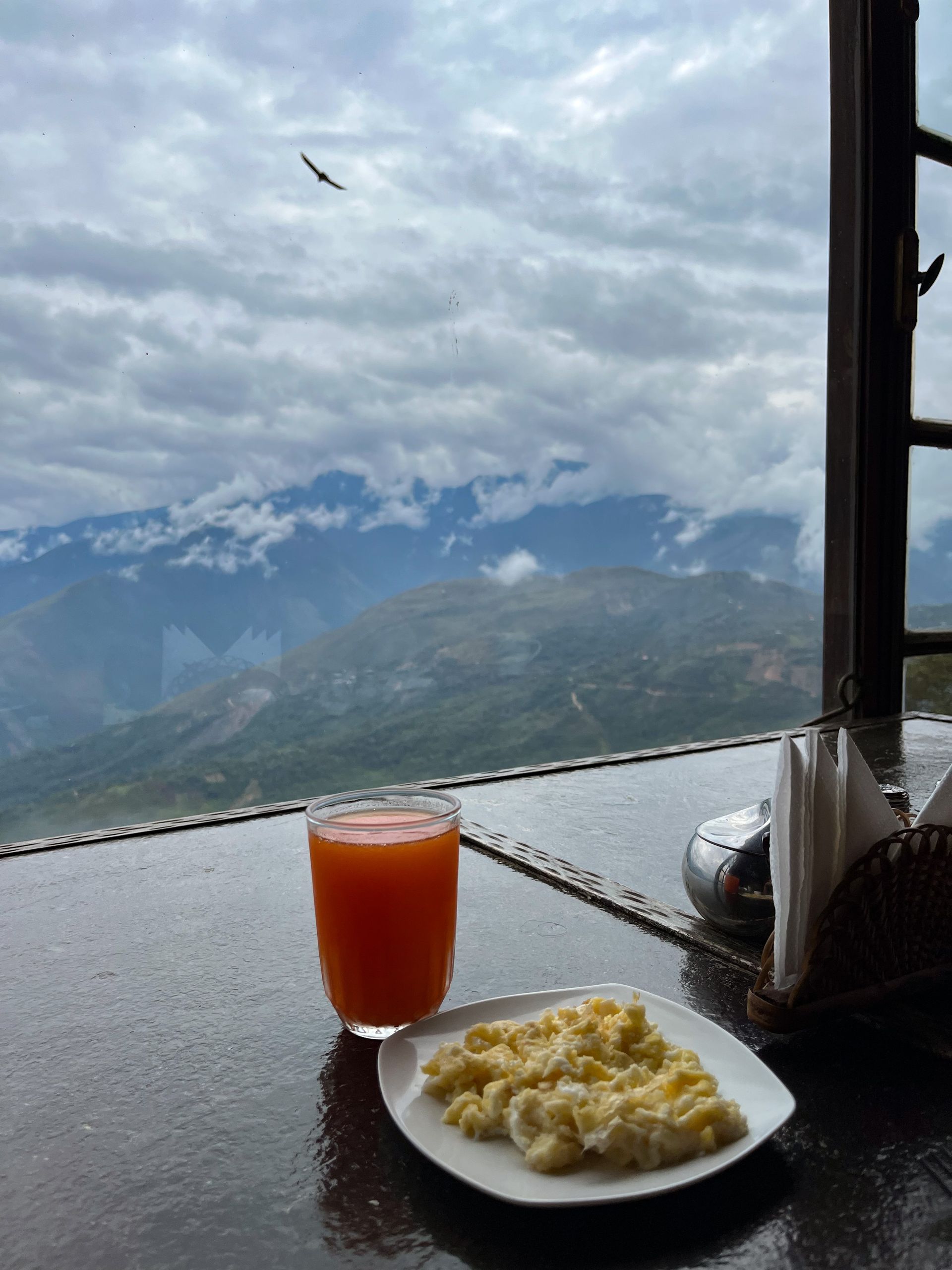
سەبسکرایبی هەواڵنامە بکەن
وەڵام

ڕاپۆرتی گەشتیاری بۆلیڤیا
